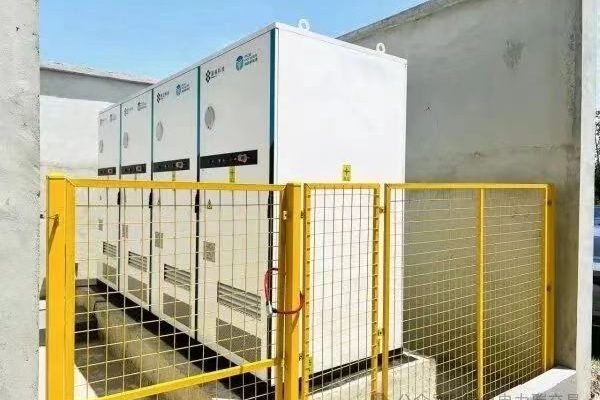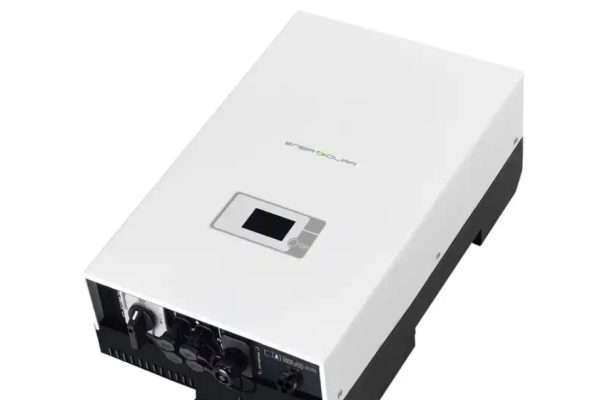Why Packaging Matters in ESS Exports
For exporters of energy storage systems (ESS), proper packaging is more than just presentation—it is a regulatory, safety, and cost-critical requirement. With sea freight being the dominant mode of global transport for batteries and storage systems, exporters must comply with international packaging standards, ensure product safety, and minimize damage risks during long-distance shipping.
1. Regulatory Compliance
- UN3480 / UN3481 Standards: Lithium batteries are classified as dangerous goods; packaging must comply with UN guidelines.
- IMDG Code (International Maritime Dangerous Goods): Defines how hazardous materials must be packed, labeled, and declared.
- ISPM-15 for Wooden Packaging: All wooden pallets and crates used in international shipping must be heat-treated or fumigated.
Exporter Tip: Always use certified packaging suppliers familiar with battery-specific maritime regulations.
2. Structural Protection Requirements
- Shock Absorption: Use foam inserts, molded trays, or honeycomb cardboard to protect battery modules.
- Moisture Protection: Seal products with plastic wraps or aluminum-coated films to prevent seawater or humidity ingress.
- Stacking Strength: Packaging must withstand stacking pressures in containerized shipping.
- Ventilation: Include breathing valves if necessary to reduce risk of swelling or gas accumulation.
3. Labeling and Documentation
- Dangerous Goods Labels: “Lithium Battery Handling” and hazard labels must be clearly visible.
- Orientation Arrows: Mark packages with handling direction symbols.
- Shipping Marks: Include HS codes, gross weight, and consignee details.
- MSDS (Material Safety Data Sheet): Must accompany shipments.
Exporter Tip: Incorrect or missing labels can result in fines, shipment delays, or rejections at ports.
4. Containerization Best Practices
- Dry Containers: Always use clean, dry containers to avoid moisture damage.
- Weight Distribution: Place heavy battery cabinets at the bottom; lighter cartons on top.
- Securing Cargo: Use straps, air bags, and wooden blocks to prevent movement during rough seas.
- Temperature Monitoring: Consider temperature loggers for sensitive shipments.
5. Cost vs Safety Considerations
- Cheapest Packaging ≠ Best Packaging: Cutting corners on packaging can lead to product damage, claims, and brand reputation loss.
- Bulk Shipments: Custom crates or reinforced pallets can reduce per-unit packaging costs.
- Insurance Premiums: Better packaging may lower cargo insurance costs.
Exporter Tip: Highlight packaging quality in quotations to demonstrate professionalism and reduce buyer concerns.
6. Common Mistakes to Avoid
- Using uncertified wooden pallets (risk of customs rejection).
- Insufficient labeling for lithium batteries.
- Ignoring stacking requirements for cabinet or wall-mounted batteries.
- Overlooking container humidity control.
Packaging as a Competitive Advantage
In ESS exports, packaging is not just a compliance box to tick—it is a competitive differentiator. By meeting international regulations, ensuring product safety, and demonstrating professionalism in packaging, exporters can build trust, reduce risks, and enhance the perceived value of their energy storage solutions in global markets.









